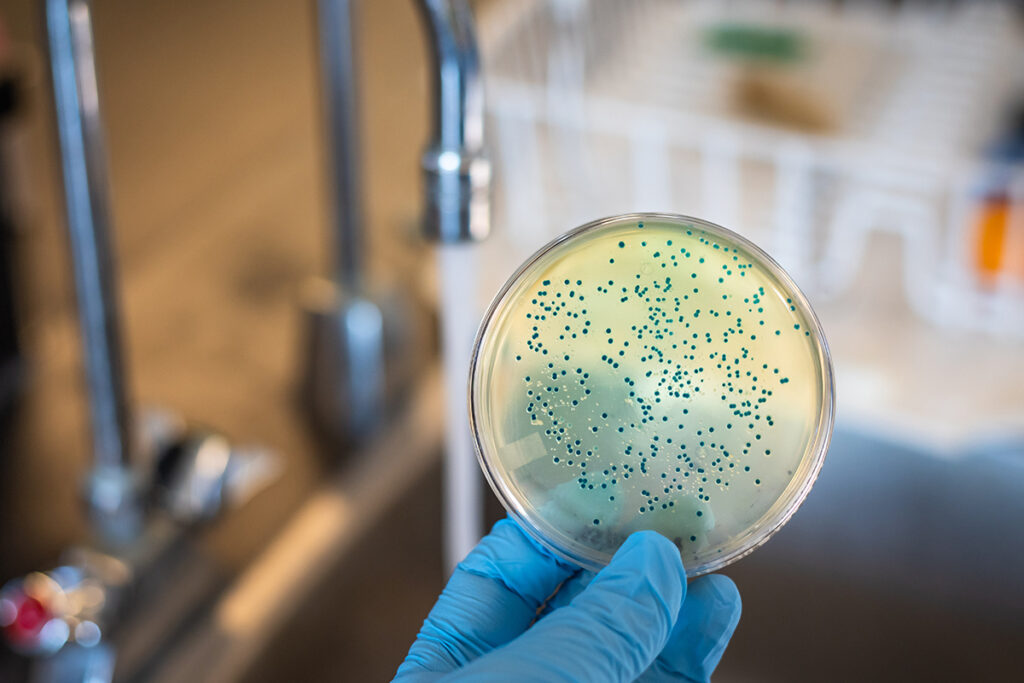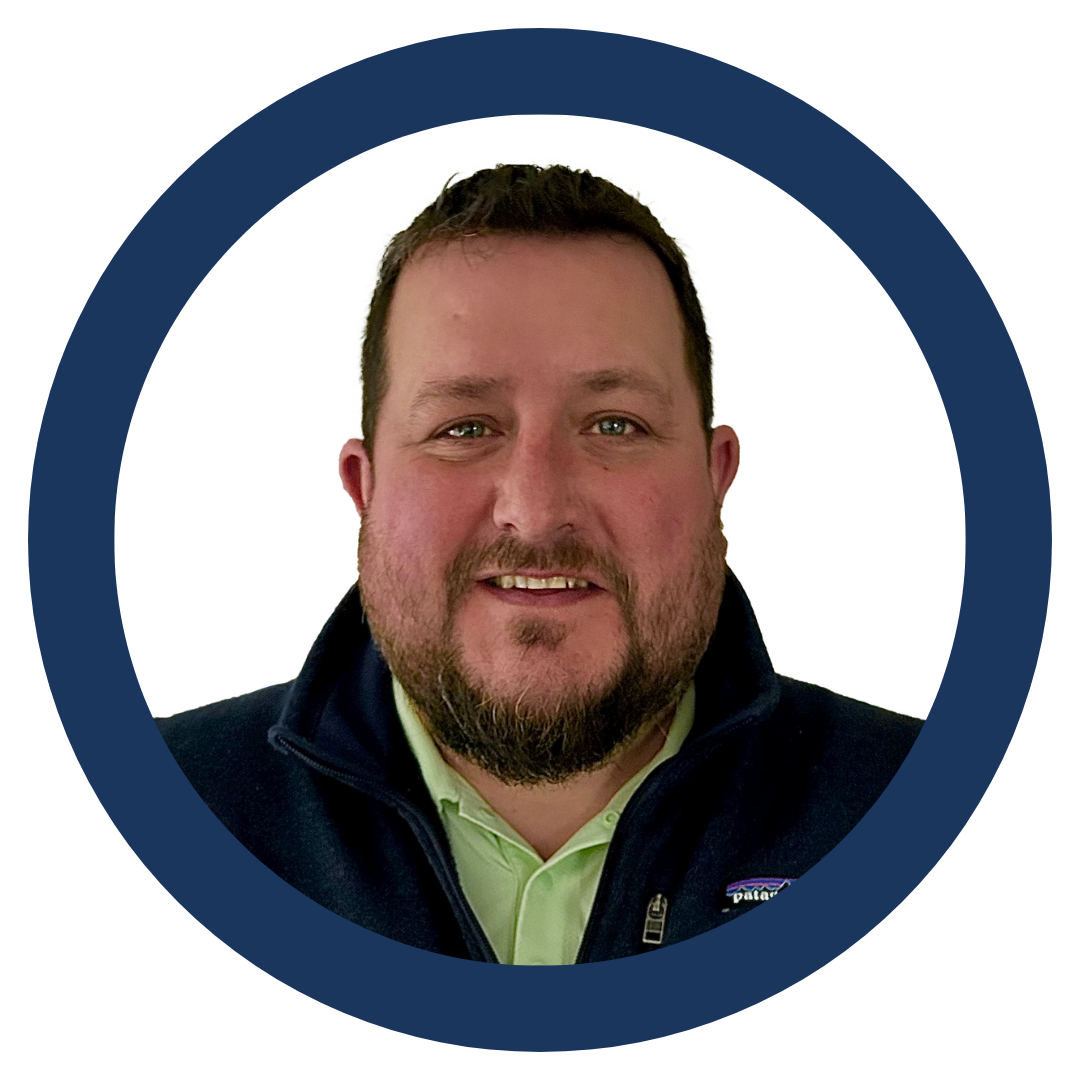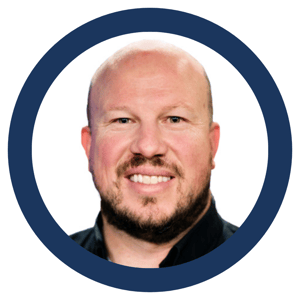When it comes to safeguarding against Legionnaires disease, understanding the gold standard test is crucial. Legionnaires disease, a severe form of pneumonia caused by the Legionella bacteria, requires accurate and timely diagnosis for effective treatment. In this blog, we delve into the gold standard test for Legionnaires disease, shedding light on the methods, rapid tests, optimal testing times, and subsequent steps upon receiving a positive result.
Legionella servicing and CDC Legionella testing are pivotal aspects of Legionnaires disease prevention and management. Explore more about Legionella servicing and CDC Legionella testing.
What is the Gold Standard Test for Legionnaires Disease?
Culture-based methods remain the gold standard for detecting Legionella in water samples. These methods are considered highly reliable for detecting Legionella bacteria in water samples, providing crucial information for assessing the risk of Legionnaires disease transmission.
The culture-based method involves collecting water samples from suspected sources, such as cooling towers or hot water systems, and inoculating them onto selective media designed to promote the growth of Legionella bacteria. After an incubation period, colonies of Legionella can be identified and quantified, providing valuable information about the level of contamination present.
While culture-based methods are highly accurate, they can be labor-intensive and time-consuming, requiring several days for results to become available. Additionally, the success of culture-based testing depends on proper sample collection, transportation, and laboratory processing to ensure reliable outcomes. Improper handling or storage of samples can lead to false-negative results or contamination, compromising the accuracy of the testing process. Therefore, strict adherence to standardized protocols for sample collection, preservation, and analysis is essential to minimize the risk of errors and ensure the validity of the results. Proper training of personnel involved in sample collection and laboratory procedures is also critical to maintain consistency and reliability in Legionella testing practices.
What is the Rapid Test for Legionella?
The rapid test for Legionella is PCR (Polymerase Chain Reaction) – a diagnostic technique used to detect the presence of Legionella DNA in water samples. PCR amplifies specific regions of Legionella DNA, allowing for the sensitive and specific detection of the bacteria.
Water samples collected from various sources suspected of Legionella contamination, such as cooling towers and hot water systems, undergo processing to concentrate any Legionella bacteria present. This involves techniques like filtration or centrifugation to separate bacterial cells from water matrix and debris. Once concentrated, bacterial cells undergo DNA extraction to isolate Legionella DNA, which is then purified to remove contaminants. Specific regions of Legionella DNA are targeted for amplification using PCR primers designed for high sensitivity and specificity. The PCR reaction, conducted in a thermal cycler, facilitates DNA amplification through different temperature stages. Amplified Legionella DNA is then detected using methods like gel electrophoresis or real-time PCR instrumentation. Results are analyzed to determine the presence and abundance of Legionella bacteria in the sample, aiding in risk assessment and management.
PCR testing for Legionella in water offers several advantages, including rapid turnaround time, high sensitivity, and specificity. By detecting Legionella DNA directly, PCR bypasses the need for culturing bacteria, which can be time-consuming and may underestimate the true prevalence of Legionella in water samples. Overall, PCR testing is a valuable tool for assessing Legionella contamination in water systems and implementing appropriate control measures to mitigate the risk of Legionnaires disease.
When Should You Test for Legionella?
Testing water for Legionella should be done routinely as part of a comprehensive water management plan, especially in settings where there is a higher risk of Legionella growth. Here are additional situations when we recommend testing for Legionella:
- After Installation or Renovation: Test the water for Legionella after the installation or significant renovation of plumbing systems to ensure that no conditions favor Legionella growth.
- Regular Monitoring: Implement a regular testing schedule as part of a water management plan. This frequency might vary depending on factors such as the facility type, water system complexity, and past history of Legionella issues. Monthly or quarterly testing may be appropriate in some cases.
- During Outbreak Investigations: If there are suspected or confirmed cases of Legionnaires’ disease associated with a particular water system, immediate testing of the water for Legionella is required to identify the source of the outbreak and to implement appropriate control measures.
- Seasonal Testing: Legionella bacteria thrive in warm water, so testing during warmer months when water temperatures are more conducive to Legionella growth is particularly important.
- Following System Disruption: After any event that may disrupt normal water flow or treatment, such as water main breaks, power outages, or prolonged periods of low water usage, it’s advisable to test the water for Legionella to ensure that conditions haven’t become favorable for bacterial growth.
- Routine Healthcare Facility Testing: Healthcare facilities, especially those serving vulnerable populations, should implement routine Legionella testing as part of their water management programs to prevent healthcare-associated Legionnaires’ disease outbreaks.
- Suspected Contamination: If there are any signs or suspicions of water contamination, such as changes in water quality, taste, or odor, testing for Legionella should be conducted promptly.
It’s important to note that Legionella testing should be carried out by qualified professionals using appropriate sampling techniques and laboratory methods. Additionally, interpreting test results and implementing any necessary control measures should be done in consultation with experts in water management and public health.
What Do You Do if You Test Positive for Legionella?
Upon receiving a positive Legionella test result, your response depends on the bacterial levels detected, especially concerning Legionella CFU limits. Armed with this information, appropriate remedial measures can be formulated.
If elevated levels are detected throughout the system or surpass a concerning threshold, isolating the affected areas becomes crucial. In severe instances, suspending the operation of the entire water system may be necessary until remedial actions are implemented.
In such critical scenarios, seeking guidance from a water management, infection control, or environmental health expert is advisable to determine the best course of action. Their expertise can assist in making informed decisions to effectively address the contamination.
Insights on Legionnaires Disease Testing and Response
Understanding the gold standard test for Legionnaires Disease is important for effective prevention and management of this severe form of pneumonia caused by the Legionella bacteria. In this blog, we’ve explored the culture-based method, which remains the gold standard for detecting Legionella in water samples. While highly accurate, it can be labor-intensive and time-consuming, necessitating adherence to strict protocols and expert handling. Additionally, we’ve discussed the rapid PCR test, offering advantages in speed and sensitivity, making it a valuable tool, particularly in time-sensitive situations. Routine Legionella testing, guided by situations such as system disruptions or suspected contamination, is crucial in maintaining water safety.
Upon receiving a positive test result, prompt action, informed by expert consultation, is essential to mitigate risks. The collaboration with experts in water safety, like IWC Innovations, can guide appropriate remedial measures, including isolation or suspension of the water system if necessary. By prioritizing comprehensive testing, swift response protocols, and expert guidance, we can effectively safeguard public health against Legionnaires Disease.






